Area: Ivace Projects
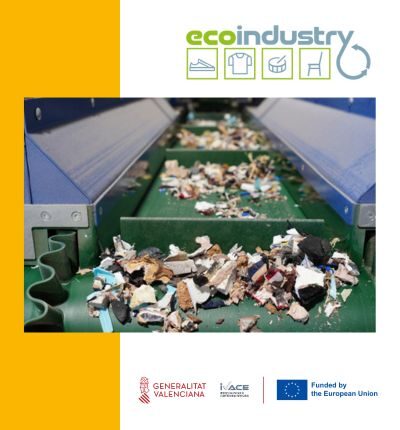
Alignment of representative sectors of the Valencian Community with the Circular Economy and Industrial Symbiosis – Eco-INDUSTRY
In the Circular Industry CV project, the first pilot plant was designed, built, and set up to process multicomposition residue from the footwear, toy, and textile sectors. The company is now committed to optimizing and expanding the scope of the plant by including the habitat sector.
View more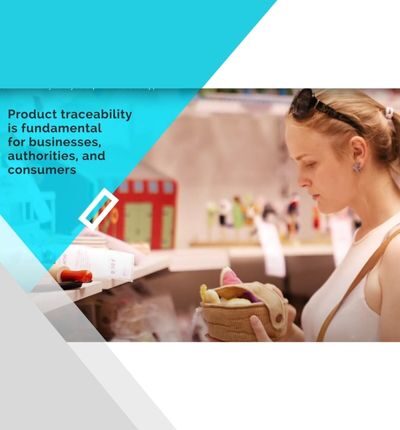
Chemical markers to improve traceability of children’s products as a solution to anti-counterfeiting – TRACE4FAKE
Is it possible to manufacture children's products using anti-counterfeiting materials, and is it possible to do so while avoiding any toxicological risk to the user?
The implementation of chemical markers in the materials used for the manufacture of the children's product allows a product to be traced quickly and economically, through photoluminescent properties, among others, which can be modulated according to the specific needs of each company and/or product.
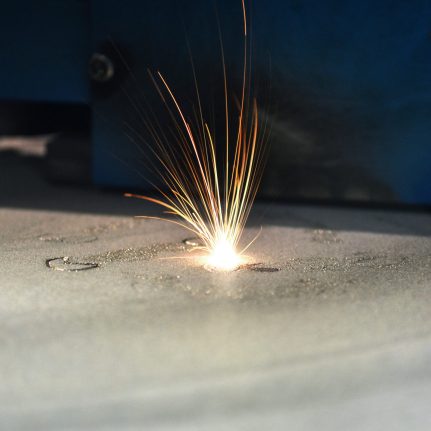
GVA 2021 I+D New materials of Metal additive manufacturing
The objective of this research line is to be able to offer companies new opportunities for the use of additive manufacturing (AM) technologies, through the development and application of new materials for AM.
View more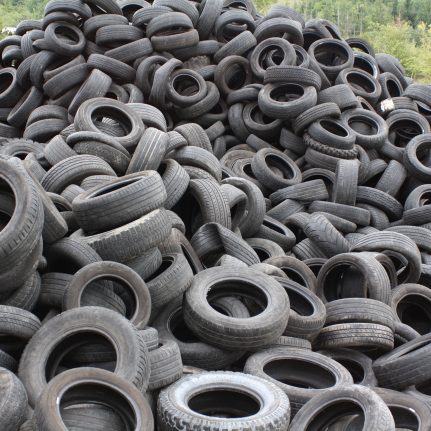
PAHSS “Evaluation of the impact of the new regulations on impact attenuating playground surfacing made of recycled materials and improvement of its toxicological properties.”
The main objective is to determine and evaluate the presence of toxic substances in the materials coming from recycled tyres and that are used as raw materials in play areas and/or sports fields, and how it is modified during the manufacturing and ageing process due to use and weather conditions, both controlled (indoor use) and not (outdoor use).
View moreNew approaches to children’s product safety in the online environment E-SAFEPRODUCT
The statistics colleted by the OECD and other studies on the safety of children's products sold online demonstrate that nowadays the safety level of products in the e-commerce is below the products sold by traditional stores. In the case of products aimed at children, safety is a critical aspect, as the users are particularly vulnerable and an injury may have fatal consequences.
View more
Research for the valorization of children’s product safety on the markets – SAFEVALOR
Safety is a key factor for children's products and decisive in the consumers' purchase decision, especially in the case of products for babies and young children, like toys or childcare articles.
View more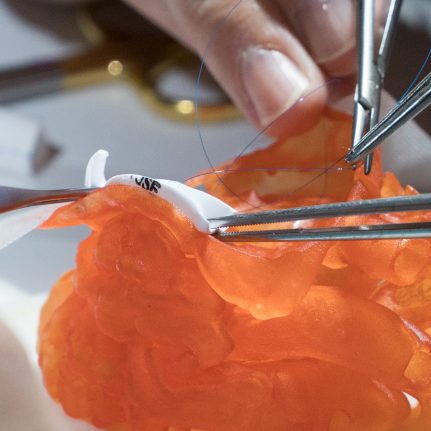
Development of realistic Biomodels with complex pathologies for surgery planning or training through Digital Anatomy Printing – DAP4MED
Survey of the working methods to develop realistic biomodels through digital anatomy printing to be considered either in planning of complex surgery or in training.
View more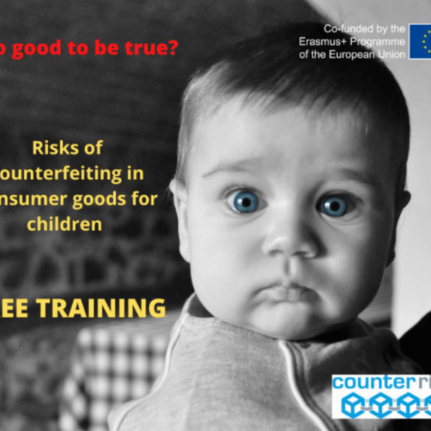
“New skills to face the risks of counterfeiting in consumer goods for children” CounterRisk European Project
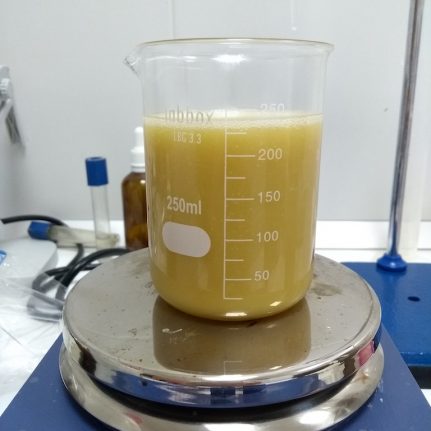
Advanced production of biodiesel from animal waste using supercritical technology – LIFE Superbiodiesel
In Europe more than 17 million tons of animal by-products (SANDACH) are processed, which produces 2.85 million tons of animal fat. Part of this animal fat processed in Europe is just disposed of in rubbish tips or it is incinerated.
View more
Business models in the context of the circular economy: videos on real cases.
The circular business models have aroused great interest recently. Although their benefits are remarkable, the process involved in a transition to a circular business model is, for many entrepreneurs and companies, a changeover that entails a lot of uncertainty. Some of the most common questions asked are related to the resulting implications of the final business model, what skills and knowledge we need, how our value chain partners will respond, how long, how much effort and money will be required.
View more